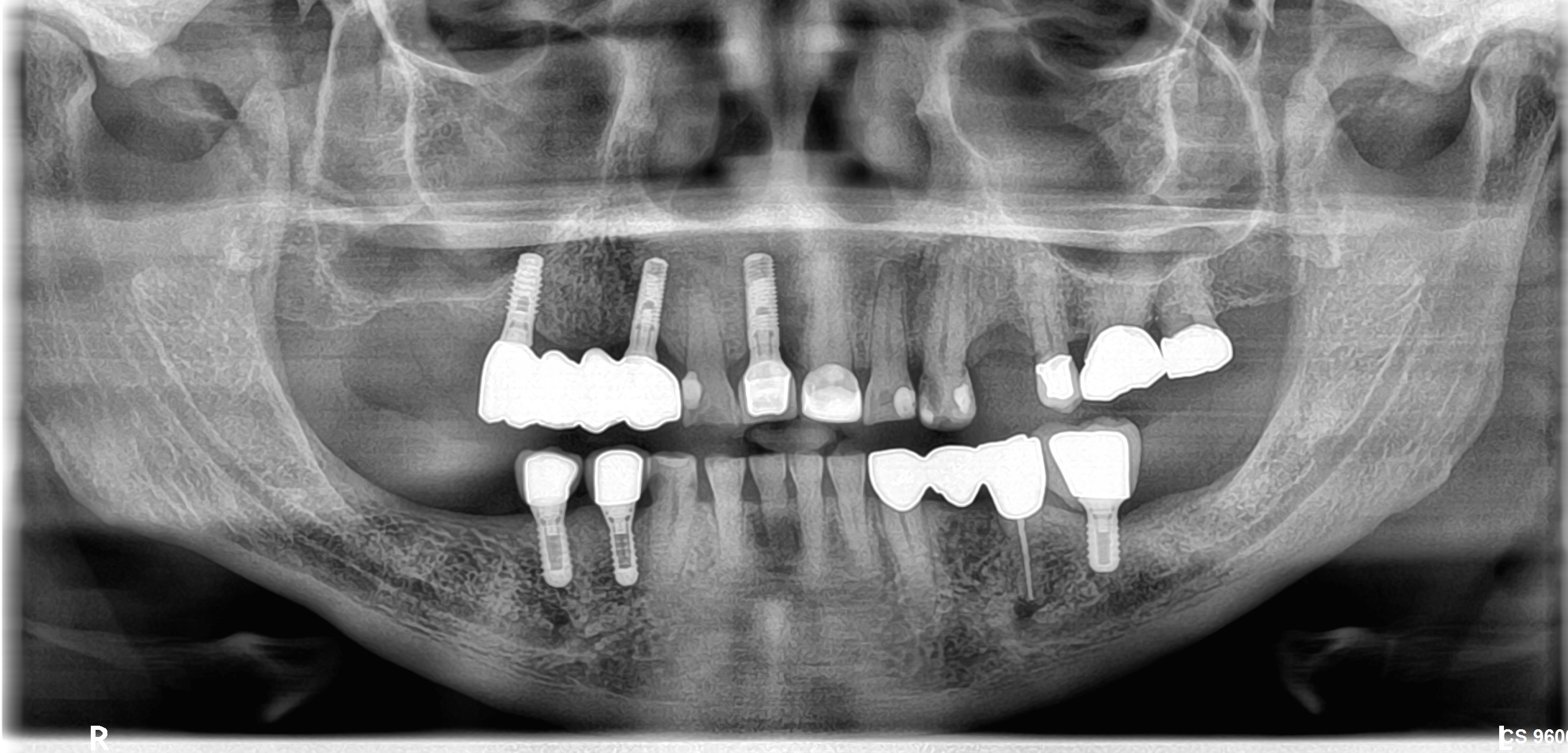How to salvage angular bone defect around implant?
I placed an implant (CSM, korea) in the 46 region (right mandibular first molar) with size 4.6 x 10mm . Patient was 55 year old healthy female who patient had no significant medical history. The surgery went well and implant achieved good initial primary stability (45N Cm) at the time of installation. Primary closure was achieved after the surgery. Patient returned to me after six and half months for second stage surgery and I observed significant vertical (angular) bone loss around the implant in the IOPA (around 3 mm). The implant is not at all mobile clinically. How can i salvage this vertical bone loss around the implant – bone graft augmentation or load it with a screw retained crown ? what could have went wrong to cause this ??
![]immediate post implant surgery in 46 region](https://osseonews.nyc3.cdn.digitaloceanspaces.com/wp-content/uploads/2014/02/post-operative.jpg)immediate post implant surgery in 46 region
![]during second stage surgery ( six and half months later)](https://osseonews.nyc3.cdn.digitaloceanspaces.com/wp-content/uploads/2014/02/second-stage-surgery.jpg)during second stage surgery ( six and half months later)
















